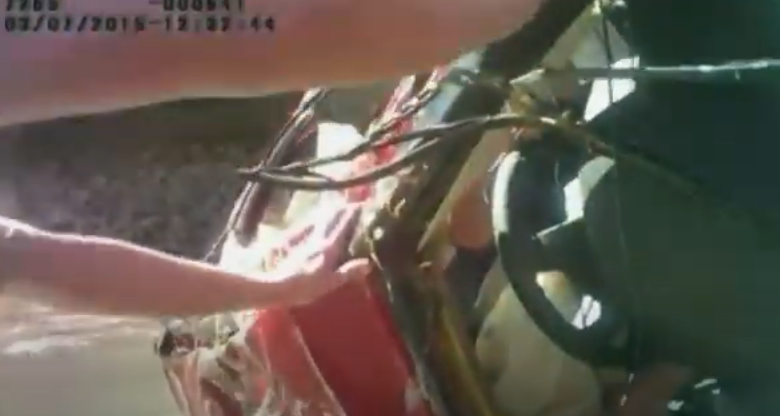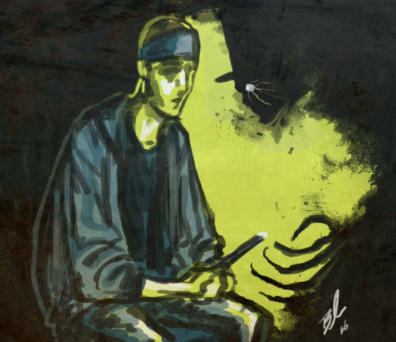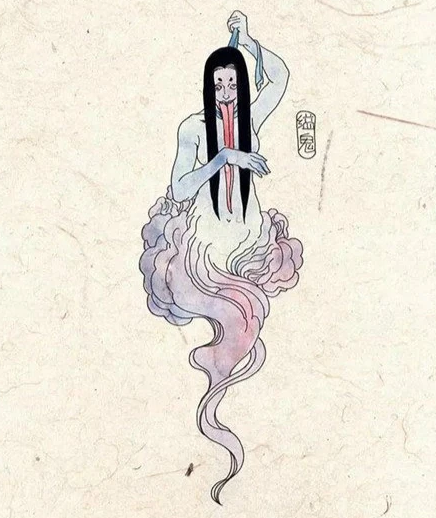The Ghostbusters Ruling: A House is Declared Legally Haunted
The legally haunted house at the center of the Ghostbusters Ruling: 1 LaVeta Place in Nyack, New York. Photo: housebeautiful.com
In the New York Supreme Court case of Stambovsky v. Ackley, a house was legally declared haunted. It has since been dubbed the Ghostbusters Ruling.
The Story of the Ghostbusters Ruling
The front entrance to the Ghostbusters Ruling house. Photo: housebeautiful.com
Stambovsky v. Ackley was a 1991 legal case heard by the New York Supreme Court, Appellate Division, in which the court ruled that a home in Nyack, New York was legally haunted.
The case involved a home that was owned by Helen Ackley, who had previously informed potential buyers that the house was haunted by ghosts.
Helen Ackley, had promoted the haunted reputation of her home in several ways. According to court records, Ackley had told several people that her home was haunted by ghosts, and had even gone so far as to give tours of the home to visitors, highlighting what she claimed were ghostly manifestations.
According to her statements and the information reported in the media, some examples of the alleged paranormal activity at the property include:
Ghostly apparitions: Ackley claimed to have seen ghostly figures in the house, including a "Lady in White" and a "Man in Gray."
Strange noises: Ackley reported hearing unexplained noises, such as knocking, banging, and footsteps, throughout the house.
Moving objects: Ackley claimed that objects in the house would move on their own, including furniture and household items.
Ghostly touch: Ackley claimed that she and others had been touched by ghostly hands.
Additionally, Ackley had given several interviews to local newspapers and magazines in which she discussed the supposed haunting of her home, and had even written and self-published a book about the ghosts she claimed to have encountered in the house.
These promotions led to the property being known as a "Haunted House" in the local community and across the country.
It is not specified in the court records of the case of Stambovsky v. Ackley whether or not Jeffrey Stambovsky believed the house was truly haunted or if he purchased it with that belief.
What is specified is that he purchased the house with knowledge of the supposed haunting, and later filed a lawsuit seeking to rescind the contract of sale, arguing that the seller had failed to disclose a defect in the property.
The court ultimately ruled in favor of the plaintiff, stating that the seller had "created a public nuisance" by promoting the haunted reputation of the house, and that this had affected the value of the property. The court also ruled that the home's haunted reputation was a "unique defect" that made the home "unmarketable."
This case is notable as it is one of the few instances of a legal ruling regarding a haunted house and is sometimes cited as a precedent in discussions of property law and real estate.
Other Legal Cases Similar to the Ghostbusters Ruling
While the case of Stambovsky v. Ackley is one of the few instances of a legal ruling regarding a haunted house, there have been other cases where the issue of a supposed haunted property has been brought up in court. However, these cases are relatively rare, and the issue is not typically handled by the legal system.
For example, in some cases, tenants have filed lawsuits against landlords for failing to disclose a supposed haunting, and in other cases, buyers have sought to back out of real estate transactions because of a supposed haunting. But, these cases are very rare and difficult to prove as the issue of haunted houses is often not taken seriously by the courts.
It's also worth noting that claims of a property being haunted are not considered a legally-recognized defect, and it is not a requirement for a seller to disclose such information. It's not a common matter that is handled by the legal system and a court ruling in favor of the plaintiff would be difficult to achieve.
Have you ever lived in a haunted house? Tell us about it in the comments!
If you enjoyed this article you may also be interested in what it means if you see a white figure in your home or the story of the ghosts of the General Wayne Inn.































